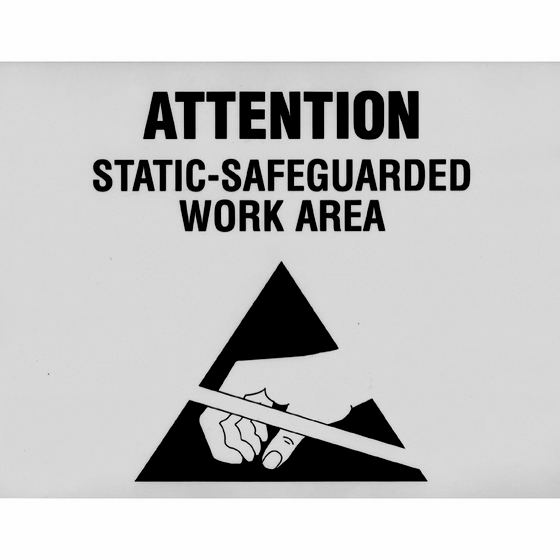
ESD
Training
At No-Charge
Live Demonstrations
Virtual or In-Person
Increases Operator Awareness
Personalised to Company's Requirements
Q and A with Attendees
Register Now
Why take part in ESD Training?
People pose the biggest threat to ESD sensitive components. Studies have shown that personnel in a manufacturing environment frequently develop 5000 volts or more just by walking across the floor. A technician seated at a non-ESD workbench could easily have a 400-500 volt charge on his or her body caused not only by friction or tribocharging but additionally by the constant change in body capacitance that occurs from natural movements. The simple act of lifting both feet off the floor can raise the measured voltage on a person as much as 500-1000 volts. However, when properly trained, operators can become the key weapon in the fight against ESD. Some might say that the most important factor in a successful static control program is developing an awareness of the “unseen” problem.
Not only that, but training is a requirement of the ANSI/ESD S20.20 standard. Per section 7.2 Training Plan “A training plan shall be established to ensure all personnel who handle or otherwise come in contact with any ESDS items are provided with initial and recurrent ESD awareness and prevention training. Initial training shall be provided before personnel handle ESDS items.”
Essential basic ingredient in any effective static control program


Requirement of
ANSI/ESD S20.20
What are the training requirements in ANSI/ESD S20.20?
ESD training needs to be provided to everyone who handles or comes into contact with ESD sensitive devices – that includes managers, supervisors, subcontractors, visitors, cleaners, and even temporary personnel.
Training must be given at the beginning of employment BEFORE personnel handle ESD Sensitive Devices.
Once initial training is completed, recurrent training should be carried out at regular intervals.
What do we cover in the ESD Training?
- Introduction to the requirements
- Safety
- What is Static Electricity
- What is Electrostatic Discharge (ESD)
- Types of Materials - Conductive, Dissipative, and Insulative
- Harmful effects of ESD on electronics
- Cost of ESD failures
- Types of ESD Damage
- How to control ESD
- Q and A on ESD Control
- Live demonstrations on Static Generation, Types of Materials and the means of controlling ESD
Register Now